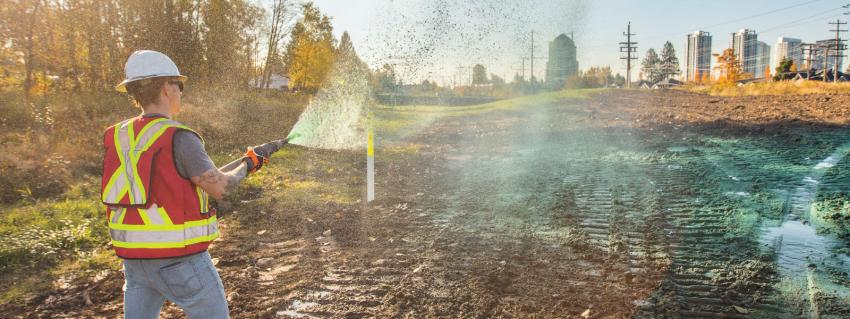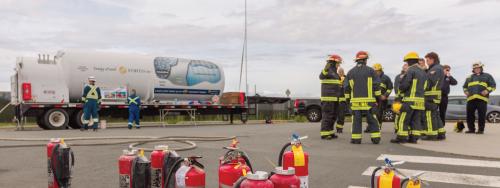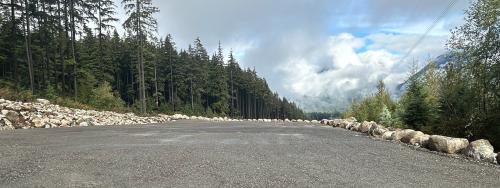When Pastor Stan Kim learned that construction of a new natural gas line would result in the parking lot of his Surrey church being used as a staging area, he had concerns.
Construction sites can be dirty and the resulting noise could disturb the congregation. And once the contractor had left, what would the area look like afterwards?
“But FortisBC went above and beyond,” he said. “They came through every step of the way. We just wanted our parking lot to be restored – they did that and then some.”
For our Surrey to Coquitlam gas line upgrade, we installed a new backup gas line parallel to an existing one that’s been in service for almost 60 years. After we finished construction at the end of 2017, our focus shifted to restoring the areas and habitat where we worked. As of this fall, restoration work is now complete.
“We pride ourselves on being a good neighbour,” said FortisBC community relations manager Blake Mansbridge. “We know major construction projects can be disruptive and our commitment to the community is to reduce those impacts as much as possible.”
One of our goals is to restore an area to the same condition, or better, than before we started work. That’s why we place such a strong focus on restoring the areas where we work and help make sure landowners are happy with the results.
Finishing what we started
We developed customized restoration plans for homes and businesses along the gas line route, including input from home and business owners and starting with a thorough assessment. Once construction was complete, the area was assessed again ahead of restoration.
“Before construction starts, we take the time to meet with local residents and gather their feedback,” said Mansbridge. “It’s important we hear their concerns so we understand how we can improve the areas where we’ll be working.”
Restoration efforts are hardly limited to just parking lots and roadways, they also include work done to lawns, shrubbery and driveways. Both public and private areas that are not formally landscaped are hydro-seeded, which is an important way to restore and re-seed areas. Riparian restoration is also needed where construction has passed through water courses such as rivers.
“We really appreciate the patience and understanding the community displayed as we worked in their neighbourhoods,” Mansbridge said.



